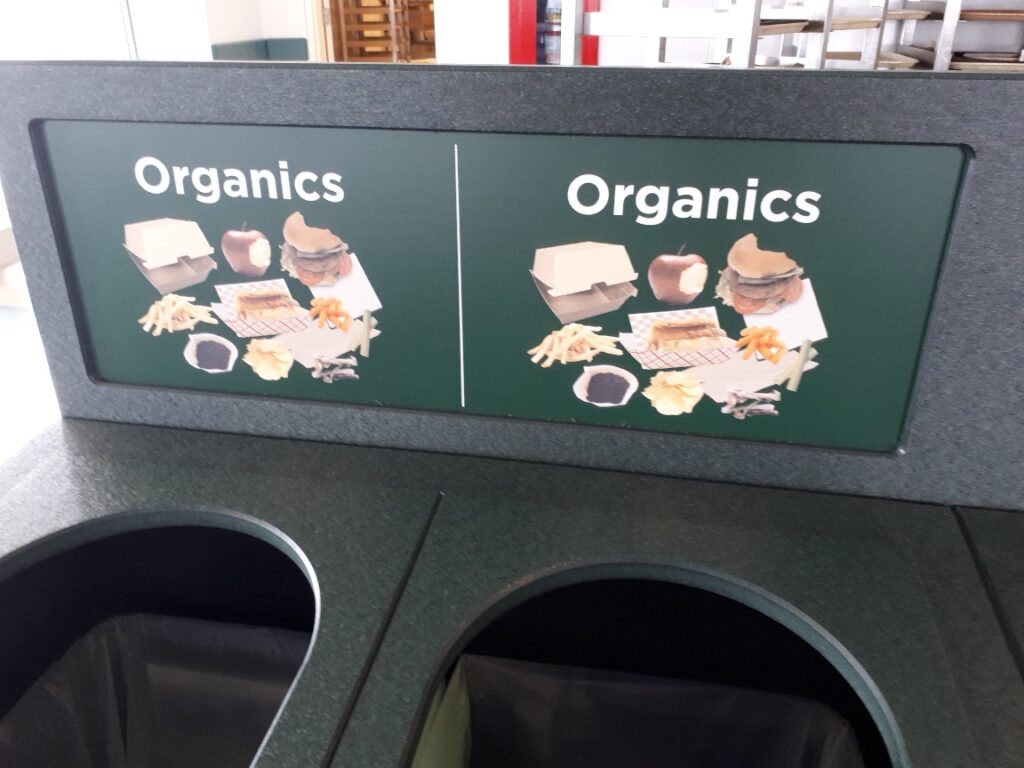Key Takeaways
- Learn about various strategies to minimize waste in the workplace.
- Discover the importance of proper waste management for businesses.
- Understand the environmental and economic benefits of reducing waste.
Table of Contents
- Introduction to Workplace Waste
- Importance of Waste Reduction
- Familiar Sources of Workplace Waste
- Strategies to Reduce Waste
- Conclusion and Next Steps
Reducing workplace waste involves:
- Implementing recycling programs.
- Encouraging digital documentation to cut paper use.
- Promoting reusable items over disposables.
Conducting waste audits helps identify areas for improvement. Employee training and awareness campaigns foster a culture of sustainability. Streamlining procurement processes and opting for eco-friendly products can significantly lower waste generation, leading to cost savings and a greener workplace environment.
Introduction to Workplace Waste
Workplace waste is a significant issue that affects companies of all sizes. The potential for reducing office waste is substantial, from excess paper usage to food waste. Businesses can take steps such as implementing commercial waste services to ensure efficient disposal and recycling of waste materials. Effective waste management guarantees that garbage is disposed of ecologically appropriately and helps minimize the quantity of waste produced. This process includes recycling, composting, and proper disposal of hazardous materials, thereby reducing a business’s environmental footprint.
With environmental concerns on the rise, the importance of waste reduction cannot be overstated. Opting for sustainable waste management practices benefits the environment and improves a company’s operational efficiency. Implementing these practices can save costs, enhance the company’s public image, and contribute to a healthier planet. Moreover, it encourages staff members to actively engage in waste reduction programs by fostering a culture of accountability and sustainability inside the company.
Importance of Waste Reduction
Reducing waste is crucial for environmental sustainability and economic efficiency. Businesses may drastically lower their operating expenses and carbon impact by cutting waste. The Environmental Protection Agency (EPA) notes that companies can save considerable money by implementing effective waste management strategies. Efficient waste management contributes to a healthier environment, fostering a positive public image for the company. Additionally, cutting waste lowers raw material requirements, protects natural resources, and lowers energy and pollutant usage.
Moreover, companies that actively reduce waste can qualify for green certifications and other forms of recognition, enhancing their market credibility and attracting environmentally conscious clients and employees. These benefits make waste reduction an essential component of corporate social responsibility initiatives, paving the way for long-term success and sustainability. Furthermore, since customers favor organizations that promote sustainability, businesses that exhibit environmental awareness frequently see an increase in customer loyalty and brand reputation.
Familiar Sources of Workplace Waste
Understanding where waste originates in the workplace is the first step toward managing it effectively. Common sources include:
- Paper waste from printing documents unnecessarily can accumulate quickly and contribute significantly to office waste. Despite advancements in digital technology, many workplaces still rely heavily on printed materials, leading to considerable paper waste.
- Single-use plastics, such as coffee cups and utensils, are often used once and then discarded, adding to the volume of waste. These items are a waste of resources and contribute significantly to pollution, particularly in oceans and other water bodies.
- Food waste comes from office kitchens and cafeterias, where uneaten food and packaging are routinely thrown away. When decomposing in landfills, this waste can create unpleasant odors, attract pests, and contribute to greenhouse gas emissions.
Identifying these sources helps businesses develop targeted strategies to minimize waste production and improve overall sustainability. By addressing these familiar sources, companies can make meaningful progress in reducing their environmental impact. For example, adopting policies that promote reusable items, encouraging digital documentation, and implementing food waste reduction programs can have a significant positive effect.
Strategies to Reduce Waste
Several strategies can help businesses minimize waste, each addressing different aspects of waste management:
Implementing Recycling Programs
Establishing a comprehensive recycling program is fundamental. Provide recycling containers with easy access and train staff on what can be recycled. Successful recycling programs can lead to a significant reduction in the waste sent to landfills. Providing clear guidelines on recycling procedures is essential to ensure that employees participate fully and correctly. Additionally, regular training sessions and informational materials help keep everyone informed and engaged in recycling.
Digitizing Documents
Encourage the use of digital documents over printed ones to reduce paper usage. Cloud storage solutions offer a convenient and eco-friendly alternative to traditional paper files. By embracing digital technology, businesses can streamline operations, reduce clutter, and minimize their environmental impact. For example, electronic signatures and digital invoicing can drastically reduce the need for printed documents. Moreover, digital records are more accessible to store, retrieve, and share, enhancing overall efficiency and collaboration within the organization.
Reducing Single-Use Plastics
Provide employees with reusable alternatives to single-use plastics, such as coffee mugs and metal utensils. Investing in reusable items reduces waste and saves money in the long term. Simple measures, such as encouraging employees to bring lunch containers and water bottles, can significantly reduce single-use plastic waste. For instance, setting up a water filtration station can eliminate the need for bottled water in the office. For more tips on effective waste reduction strategies, visit this EPA resource.
Conclusion and Next Steps
Reducing workplace waste is a continuous process that requires commitment from everyone in the organization. Companies may significantly reduce their environmental impact and increase profitability by applying the tactics covered and the knowledge gained from successful case studies. This collective effort creates a culture of sustainability that can drive positive change within the company and the broader community. In doing so, businesses set an example for others to follow, contributing to a global movement towards sustainability.
Establish attainable targets, evaluate waste management procedures, and train your staff on waste reduction. With consistent effort, your business can contribute to a more sustainable future. By fostering a waste reduction culture, companies protect the environment and enhance their operational efficiency and reputation. Investing in sustainable practices can lead to long-term benefits, including financial savings, improved employee satisfaction, and a stronger brand image.





